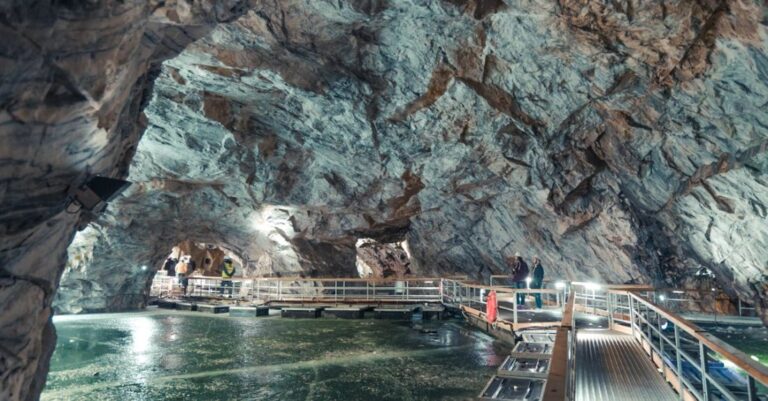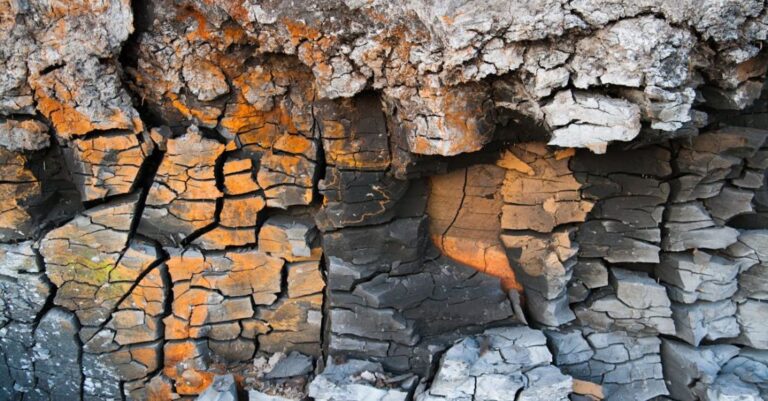
The Galapagos Islands, renowned for their unique biodiversity and geological features, owe much of their striking landscape to the influence of tectonic plates. These remote islands, located in the Pacific Ocean, are a living laboratory for studying the dynamic processes that shape our planet. From towering volcanoes to rugged coastlines, the geology of the Galapagos is a testament to the constant movement and interaction of tectonic plates beneath the Earth’s surface.
**The Dance of Tectonic Plates**
Beneath the surface of the Earth, the outer shell is divided into several large, rigid pieces known as tectonic plates. These plates are in constant motion, driven by the heat generated deep within the Earth’s mantle. The Galapagos Islands sit at the intersection of three major tectonic plates: the Nazca Plate, the Cocos Plate, and the Pacific Plate. The ongoing movement of these plates has played a significant role in shaping the geological features of the Galapagos archipelago.
**Volcanic Origins**
The Galapagos Islands are volcanic in origin, with the oldest islands estimated to be around 3 million years old. The volcanic activity in the region is a direct result of the movement of tectonic plates. The Nazca Plate, located to the west of the Galapagos, is slowly moving eastward and is being forced beneath the South American Plate in a process known as subduction. As the Nazca Plate descends into the Earth’s mantle, it melts and generates magma that rises to the surface, leading to the formation of volcanoes.
**Hotspot of Activity**
In addition to the subduction of the Nazca Plate, the Galapagos Islands are also located near a hotspot—a region of intense volcanic activity. The Galapagos Hotspot is thought to be a fixed source of magma deep within the Earth’s mantle. As the tectonic plates move over the hotspot, magma rises to the surface, creating a series of volcanic islands. This process has resulted in the formation of numerous volcanoes across the Galapagos archipelago, including the iconic shield volcanoes that dominate the landscape.
**Island Formation and Evolution**
The interaction of tectonic plates has not only shaped the physical features of the Galapagos Islands but has also influenced their formation and evolution over time. As new volcanic eruptions occur, fresh lava flows add to the landmass of the islands, contributing to their continuous growth. At the same time, the movement of tectonic plates can also lead to the subsidence of islands, as older landmasses gradually sink back into the ocean.
**Geological Diversity**
The geological diversity of the Galapagos Islands is a direct result of the complex interplay of tectonic forces at work in the region. From rugged cliffs and rocky shorelines to sandy beaches and volcanic craters, the landscape of the Galapagos is a testament to the power of tectonic plates. The islands are home to a wide variety of rock types, including basalt, tuff, and lava formations, each telling a unique story of the Earth’s geological history.
**Continued Evolution**
As tectonic plates continue to shift and collide, the geological landscape of the Galapagos Islands will continue to evolve. Earthquakes and volcanic eruptions are ongoing processes in the region, shaping the islands and creating new landforms. By studying the influence of tectonic plates on the geology of the Galapagos, scientists can gain valuable insights into the dynamic processes that shape our planet.
**In Conclusion**
The Galapagos Islands stand as a testament to the powerful influence of tectonic plates on the Earth’s geology. From their volcanic origins to their diverse landscapes, the islands showcase the ongoing processes of plate tectonics in action. By understanding how tectonic plates shape the geology of the Galapagos, we can gain a deeper appreciation for the dynamic forces that have shaped our planet for millions of years.





